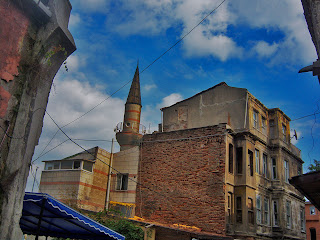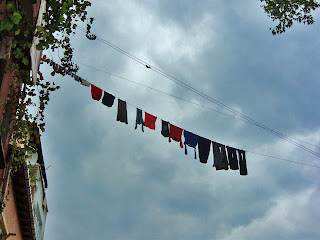 |
| "God's Wisdom" : The eternal structure of Byzantine Constantinople |
 |
| a magnificent Orthodox Patriarchal Basilica built in the sixth century on the orders of the Byzantine Emperor Justinian |
 |
| the Imperial Gate used only by the emperors |
 |
| over the centuries, the imperial and religious images worked in mosaic that had decorated the great church during its Christian era were slowly covered with plaster and painted decorations |
 |
| the dome "as though suspended from heaven by a golden chain" |
 |
| the temple was so richly and artistically decorated that Justinian proclaimed, "Solomon, I have outdone thee!" |
 |
| pillars from Ephesus and chandeliers adorn the interior |
 |
| marble pillars of great artistic value |
 |
| frescoes and mosaics |
 |
| the upper gallery |
 |
| gigantic circular-framed calligraphy medallions hang on columns |
 |
| inscribed with the names of Allah, the Prophet Muhammad, the first four caliphs and the two grandchildren of Mohammed |
 |
| Sultan's gallery |
 |
| one of the greatest monuments of Christianity was made a mosque when the city fell to the Ottoman Turks in 1453 |
 |
| before that, Hagia Sophia had enjoyed the status as the largest cathedral in the world for almost a thousand years until Seville's cathedral was built |
 |
| Ottoman and Byzantium effects under one great dome |
 |
| the prophet of God in Muslim religion, Muhammad, had prophesied that the first Muslim to pray in Hagia Sophia would go to paradise |
 |
| it remained a mosque until 1935 when it was opened as a museum |

























































